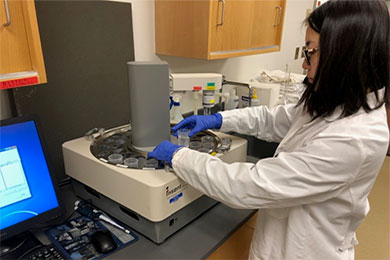Pharmaceutically speaking, it is widely acknowledged that children are not just little adults.
 Children differ from adults in many aspects of pharmacotherapy including:
Children differ from adults in many aspects of pharmacotherapy including:
- Potential routes of administration
- Toxicities
- Taste preferences
Legislating Pediatric Formulations
Formulations specific to pediatrics came more into focus with the help of legislation. The first pediatric drug development incentive legislation was enacted as part of the Food and Drug Administration Modernization Act (FDAMA) in 1997.
The subsequent enactment of the Best Pharmaceuticals for Children Act (BPCA) in 2002, and the Pediatric Research Equity Act (PREA) in 2003, all contributed to the progress of studies of drugs in pediatric populations.
Furthermore, the International Conference of Harmonization divided childhood into five age groups:
- Preterm new born infants
- Term new born infants (0-27 days)
- Infants and toddlers (1-23 months)
- Children (2-11 years)
- Adolescent (12-18 years)
Understanding Pediatric Formulation Development
Ideally, a pediatric formulation begins with the development of a Pediatric Target Quality Product Profile (PTQPP). The PTQPP considers the disease state, therapeutic goals, target population, and special considerations that guide formulation with appropriate dose, safety and acceptability.
Such quality processes are key to achieving safe medications, accurate dosing, improved compliance, and improved therapeutic outcomes in children.
How the Applied Pharmaceutics Lab (APhL) Can Help
The APhL has unique measurement capabilities for pediatric formulations. The perception of an oral product is based on a combination of sight, smell, taste and texture. These characteristics are particularly important in product acceptance with children.
At the APhL, we can quantitatively measure taste and texture with our Insent 402B taste sensing system (eTongue), Intelligent Sensor Technology, Inc. Japan, and our tribology measurement with DHR2 Rheometer equipped with tribology cell, TA Instruments - Waters, U.S.
The eTongue has sensors to assess the sourness, astringency, saltiness, bitterness and sweetness of pharmaceutical products. The tribology equipment can test the texture and mouth feel of formulations. We are one of only a few labs in the U.S. that can optimize the formulation development process of pediatric products by combining measurements of the taste, mouth feel, and texture perception of a formulation.
Collaborate with the APhL on Your Next Project
From proof-of-concept prototypes to clinical supplies, let our experience help make your pediatric studies a success.
Previous projects and experience:
- Effectiveness of different taste masking agents and methods
- Optimizing formulation through assessment of the effect of each formulation ingredient on the sensory profile of the product
- Measurements of taste stability over time
- eTongue measurements of flavored liquid formulations; including In-use stability
- Orally Disintegrating Tablet (ODT)
- Sublingual films
- Dispersible granules
- Comparing new product against marketed, brand and generic, products
- Tribology measurement of mouthfeel and texture to augment the perception of taste of a new product
